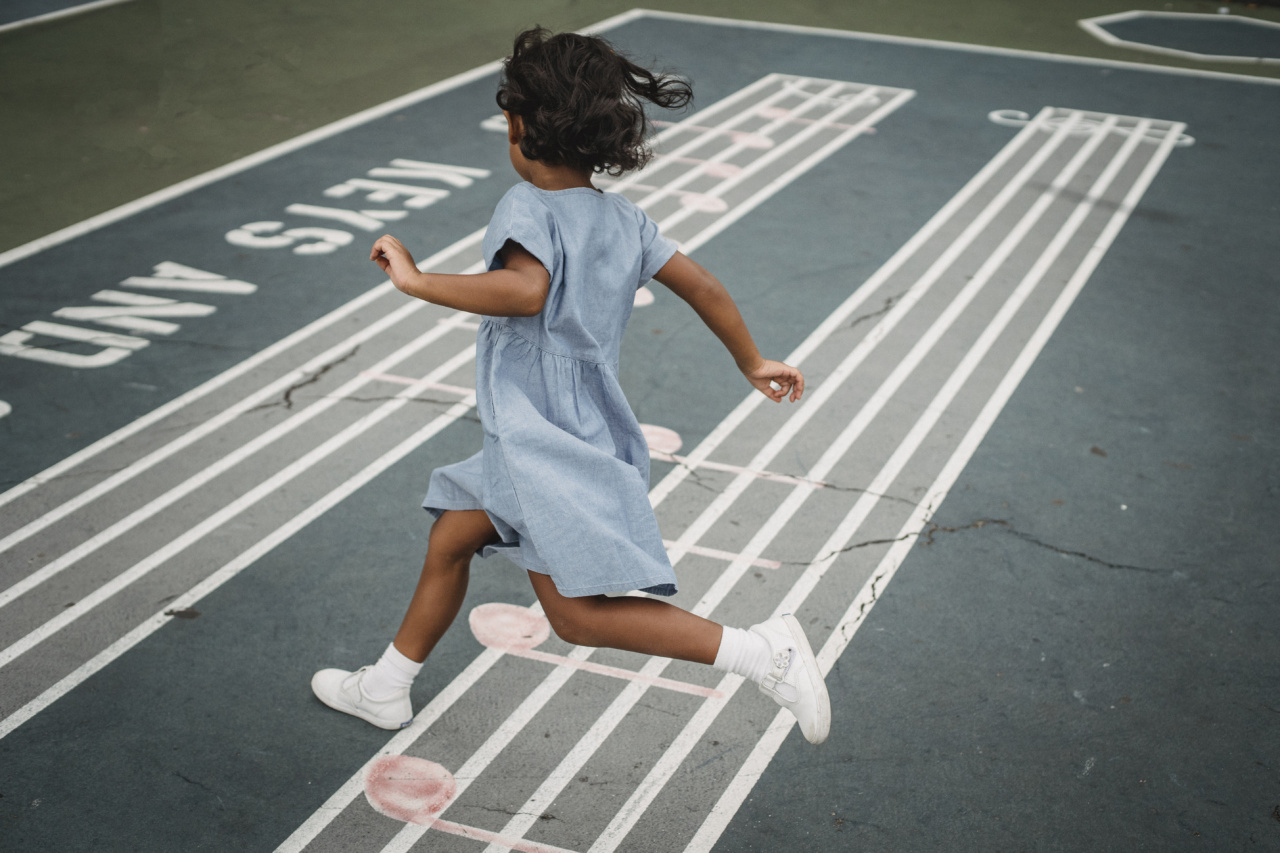Movement is a fundamental aspect of a child’s development, playing a crucial role in shaping their physical, cognitive, and social skills.
From the early stages of crawling to the later stages of running, each milestone in a child’s movement journey brings about important changes and advancements. In this article, we will explore the different stages of movement in a child’s life and discuss why they are crucial for their overall development.
The Importance of Crawling
Crawling is often the first mode of movement for babies, and it serves as a significant milestone in their development.
In this stage, babies learn to coordinate their movements, strengthen their muscles, and develop dexterity in their hands and fingers. Crawling also helps with the development of important cognitive skills, such as spatial awareness, problem-solving, and hand-eye coordination.
Transitioning to Sitting and Standing
After mastering the art of crawling, children gradually transition to sitting and standing. This stage further enhances their motor skills as they learn to balance the weight of their bodies and stabilize themselves.
Sitting plays a crucial role in strengthening the core muscles, while standing introduces the concept of weight-bearing and prepares them for the upcoming stages of walking and running.
The Adventure of Walking
Walking is a major milestone in a child’s movement journey. It marks the transition from being reliant on crawling and standing to being able to move independently.
Walking requires the coordination of numerous muscles, as well as the development of spatial awareness and proprioception—the ability to sense the position and movement of one’s body parts. Walking plays a pivotal role in the overall physical, cognitive, and social development of a child.
Running: The Ultimate Movement Milestone
Once a child has mastered walking, they proceed to the exhilarating stage of running. Running adds a whole new dimension to a child’s movement abilities.
It further strengthens their muscles, improves cardiovascular health, and enhances their endurance. Running also aids in the development of coordination, timing, and the ability to adjust one’s movements according to the surrounding environment. It is an important stage that contributes to a child’s overall physical and mental well-being.
Benefits of Outdoor Play
Outdoor play, particularly in nature-rich environments, offers a myriad of benefits for a child’s movement development. Nature provides the perfect setting for children to explore and discover their physical capabilities.
The varied terrain, uneven surfaces, and natural obstacles challenge their balance, coordination, and spatial perception. The exposure to natural elements also bolsters their immune system and promotes a healthy lifestyle.
Risks and Safety Precautions
While movement is vital, it is essential to consider the potential risks and take appropriate safety measures. As children become more mobile, they may encounter hazards such as steep slopes, sharp objects, or slippery surfaces.
Creating a safe environment for exploration and setting boundaries can help mitigate these risks. Moreover, adult supervision and age-appropriate equipment can greatly reduce the chances of accidents and injuries.
Encouraging Movement through Play
Play is a child’s natural way of learning and exploring the world around them. By incorporating movement-oriented activities into playtime, parents and caregivers can actively encourage a child’s overall development.
Simple games like Simon Says, dancing, or using age-appropriate sports equipment can promote coordination, balance, and strength. It is important to provide opportunities for unstructured play as well, allowing children to use their imagination and creativity to explore their limitless movement potential.
The Role of Technology
In today’s digital age, the increasing use of technology poses new challenges for a child’s movement development. Excessive screen time and sedentary behavior can hinder a child’s physical and cognitive growth.
It is crucial to strike a balance and encourage moderation in the use of technology. Utilizing age-appropriate interactive apps, video games, or exercise programs can facilitate movement while still incorporating the benefits of technology.
Additionally, encouraging outdoor play and physical activities alongside technology usage can help maintain a healthy balance.
The Social Aspect of Movement
Movement not only shapes a child physically and cognitively but also plays a significant role in their social development. Physical play, such as tag or team sports, fosters social interaction, cooperation, and the development of interpersonal skills.
It provides an avenue for children to learn about teamwork, sportsmanship, and communication. Movement-based activities can also help build confidence, self-esteem, and a sense of belonging among peers.
Conclusion
From the early stages of crawling to the later stages of running, each milestone in a child’s movement journey is crucial for their overall development. Movement enhances their physical capabilities, cognitive skills, and social interactions.
By understanding the importance of each stage, providing a safe environment, and encouraging movement-oriented play, parents and caregivers can support and nurture a child’s movement development, fostering their growth and well-being.






























